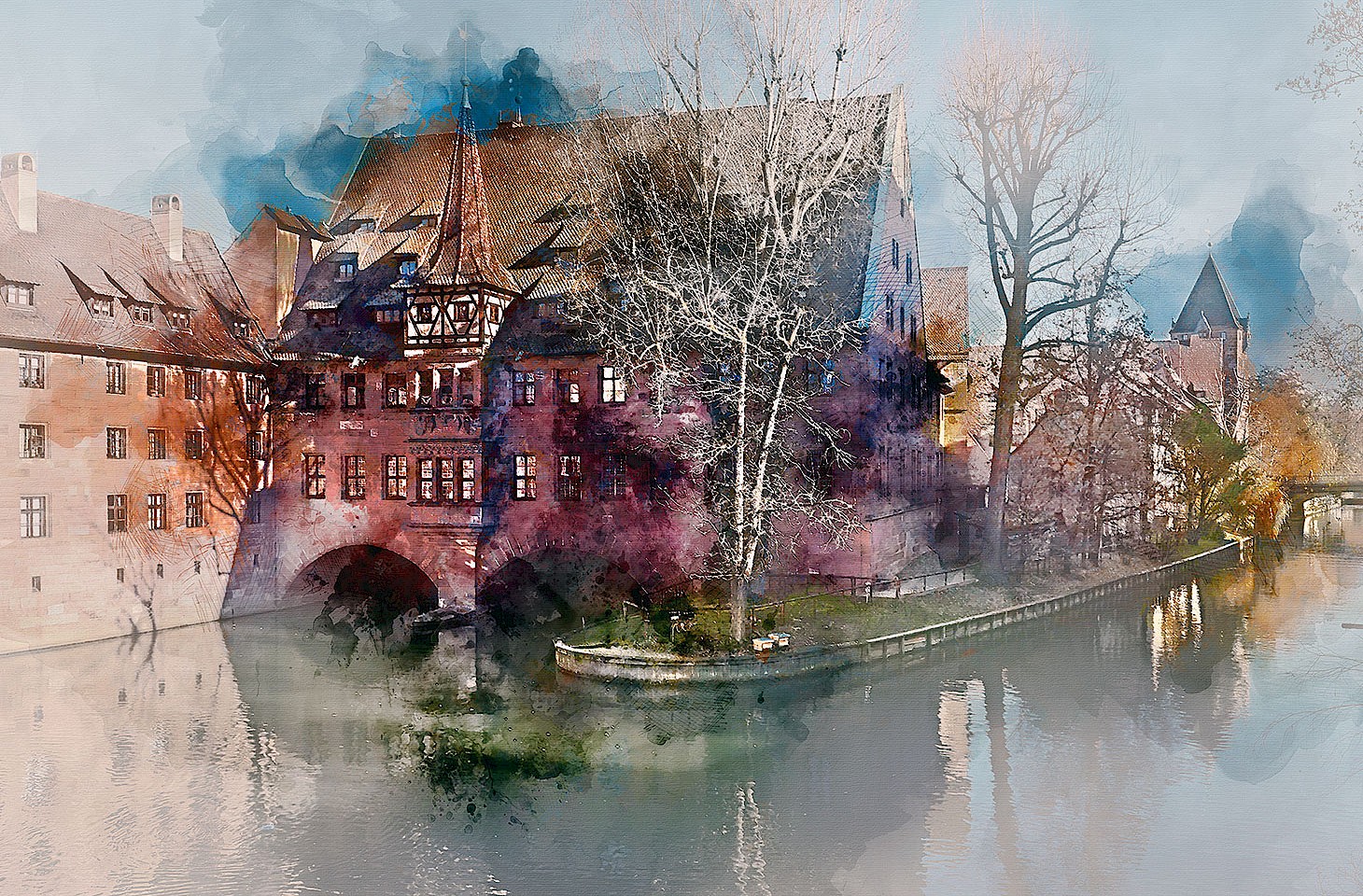Over the last 20 years, a phenomenon now recognised as colony collapse disorder (CCD) has led to a marked decline in the number of bees. There have been previous instances of bee populations being devastated in limited areas. One hundred years ago, scientists were pondering why almost the entire bee population of the Isle of Wight (off the south coast of England) had died within about a dozen years. English apiarists still talk of ‘Isle of Wight disease’ although no-one is really sure quite why so many bees died there. The current bout of CCD, reported in North America, Europe and more widely, is believed to be caused by widepread use of neonicotinoid pesticides.
hidden europe 59
From Swarms and Stings to Slow Travel
by hidden europe
Summary
There’s a touch of theatre about the rail journey from Bregenz on Lake Constance to Berne in Switzerland. We feature it in hidden europe 61 as the perfect outing for those venturing nervously forth after weeks or months at home during the Coronavirus pandemic. Join us on this classic journey past lakes and mountains.
Over almost 20 years, we developed a huge corpus of wonderful writing and images that was published in hidden europe magazine. In order to share what's been dear to us over so many years, we have decided to now make more of this material available here on the hidden europe website. This marks a new phase of hidden europe.
Travels with hidden europe: a personal note
Paul Scraton reflects on the experience of reading hidden europe over the years, and then in turn becoming a regular contributor to the magazine.




